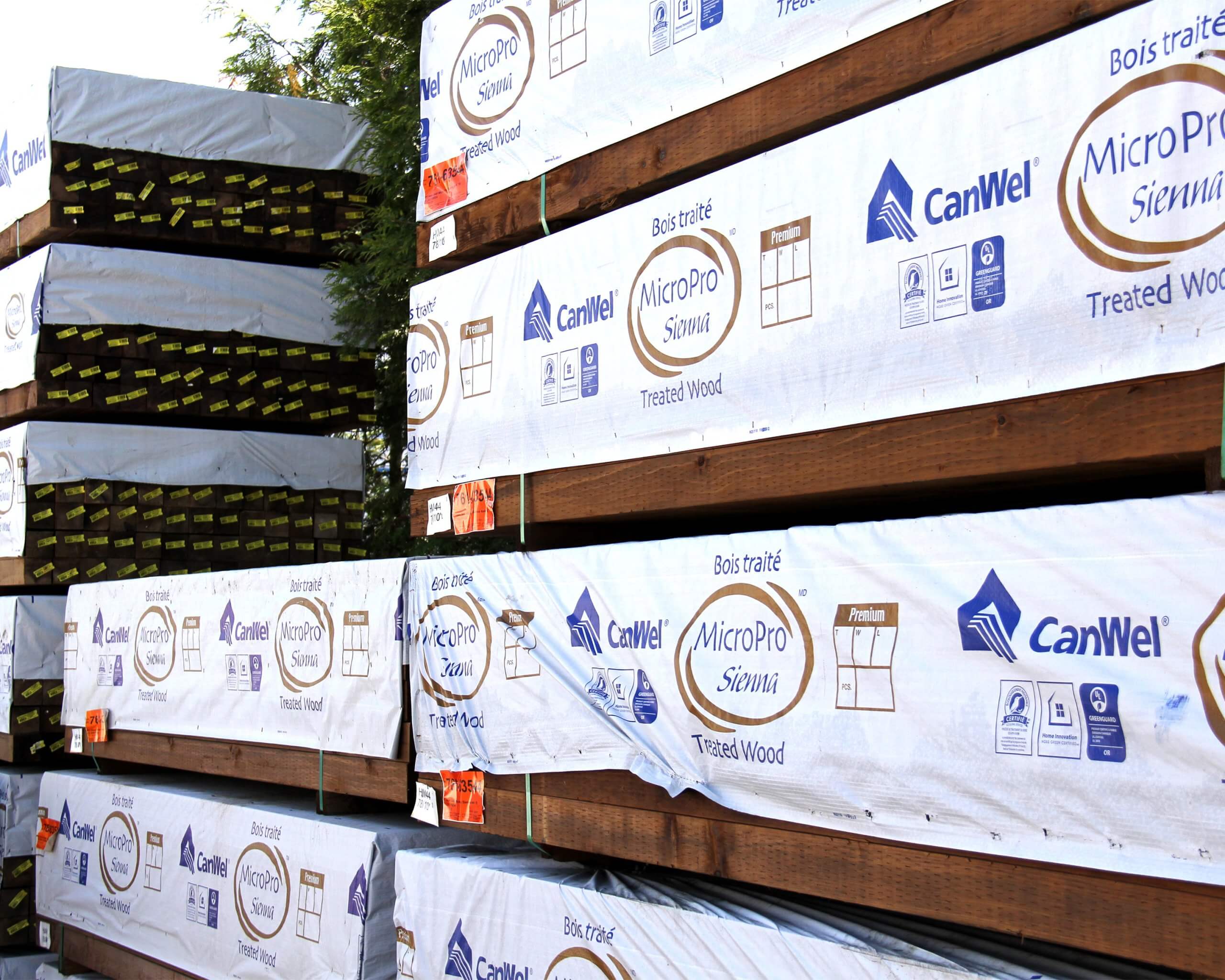The Canadian lumber market saw its fair share of challenges in 2023. Now, as 2024 unfolds, the future is anything but cut and dried.
The national lumber market is influenced by many factors and can fluctuate from year to year, and even from season to season. In 2023, Canada saw a segment downturn as higher interest rates and inflation slowed the housing market, while an unprecedented number of wildfires caused concerns about supply disruptions. Meanwhile, the war between Russia and Ukraine continued, while new conflicts emerged in Israel and Palestine.
Going a little farther back, the Covid-19 pandemic created a surge in “staycations.” Consequently, consumers invested in their homes and the demand for renovation materials soared. This, coupled with supply chain disruptions, led to unprecedented lumber price hikes.
Post-pandemic, all of these factors contributed to a sluggish lumber market in 2023 as prices started to drop.
Mike Park is Vice President of National Commodities for Gillfor Distribution, a Canadian building products distributor headquartered in Bolton, Ont. He told Contractor Advantage that 2023 had its challenges, but that is no secret.
“A softer demand for new home construction is definitely showing its impact on the market as a whole, probably more so in the back half of [2023], as the front half still had some momentum from the previous year,” he explained.
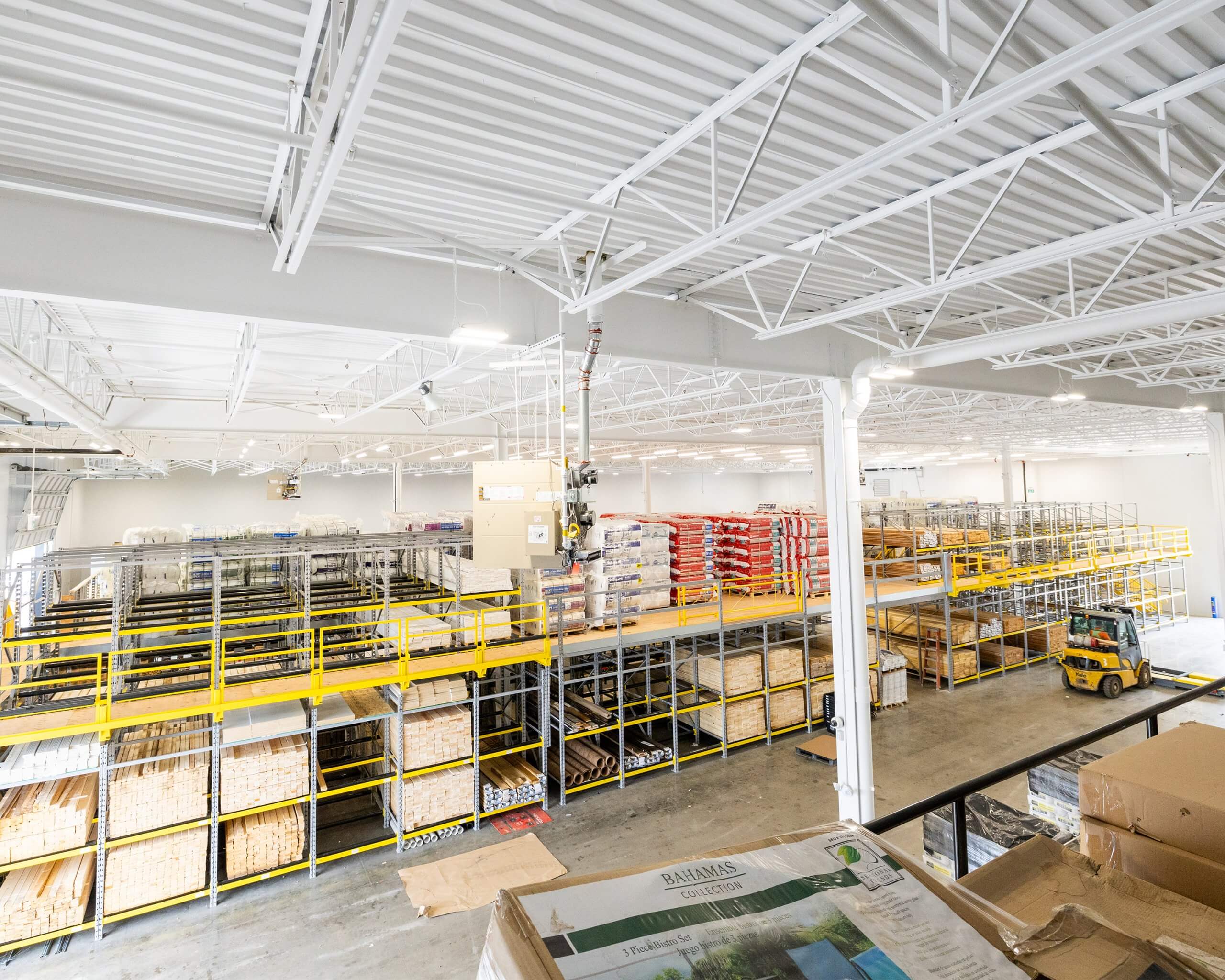
Photo courtesy of Adams Building Supply
Although Park feels the market will remain flat or slightly lower through the spring of 2024, he is cautiously optimistic for the second half of this year. With some economists predicting interest rate cuts starting as early as June 2024, Park feels this could give the lumber market a kickstart.
“It’s all about interest rates; as interest rates start to fall – and obviously housing prices need to come down a bit as well, which is already happening – then we will see a resurgence in demand and activity, but not until then,” he said.
Madison’s Lumber Reporter, which has tracked softwood lumber prices and trends since 1952, reported at the end of September 2023 that North American softwood lumber price trendlines had finally started to normalize following three years of “extreme volatility.”
“This means that next year [in 2024] it will be less difficult to judge what is going on with sales and prices; thus, the industry will be better able to plan,” said Madison’s in its report.
Feature1_Img3.jpg
Photo courtesy of Hodgins Building Centre
While some predict that lower 2023 lumber market activity will lead to an uptick in demand for 2024, Steve Marshall, Vice President of Treated Wood CanWel, a division of Vancouver-based Doman Building Materials Group Inc., sees it differently.
“We remain in a high-interest rate and high inflation economy in Canada and the U.S.,” said Marshall, who has been dealing in treated wood for 30 years. “When we face economic headwinds, consumers tend not to make as many large purchases. The good news is that treated wood has been a fairly resilient product line in tough economic times.”
However, he continued: “We are very sober about our predictions for 2024. I am thinking treated wood sales will be flat, maybe two or three percent growth at best.”
Kelvin Johnston, Senior Buyer-Commodity Lumber and Panels for Castle Building Centres Group Ltd., agrees with Marshall’s projection.
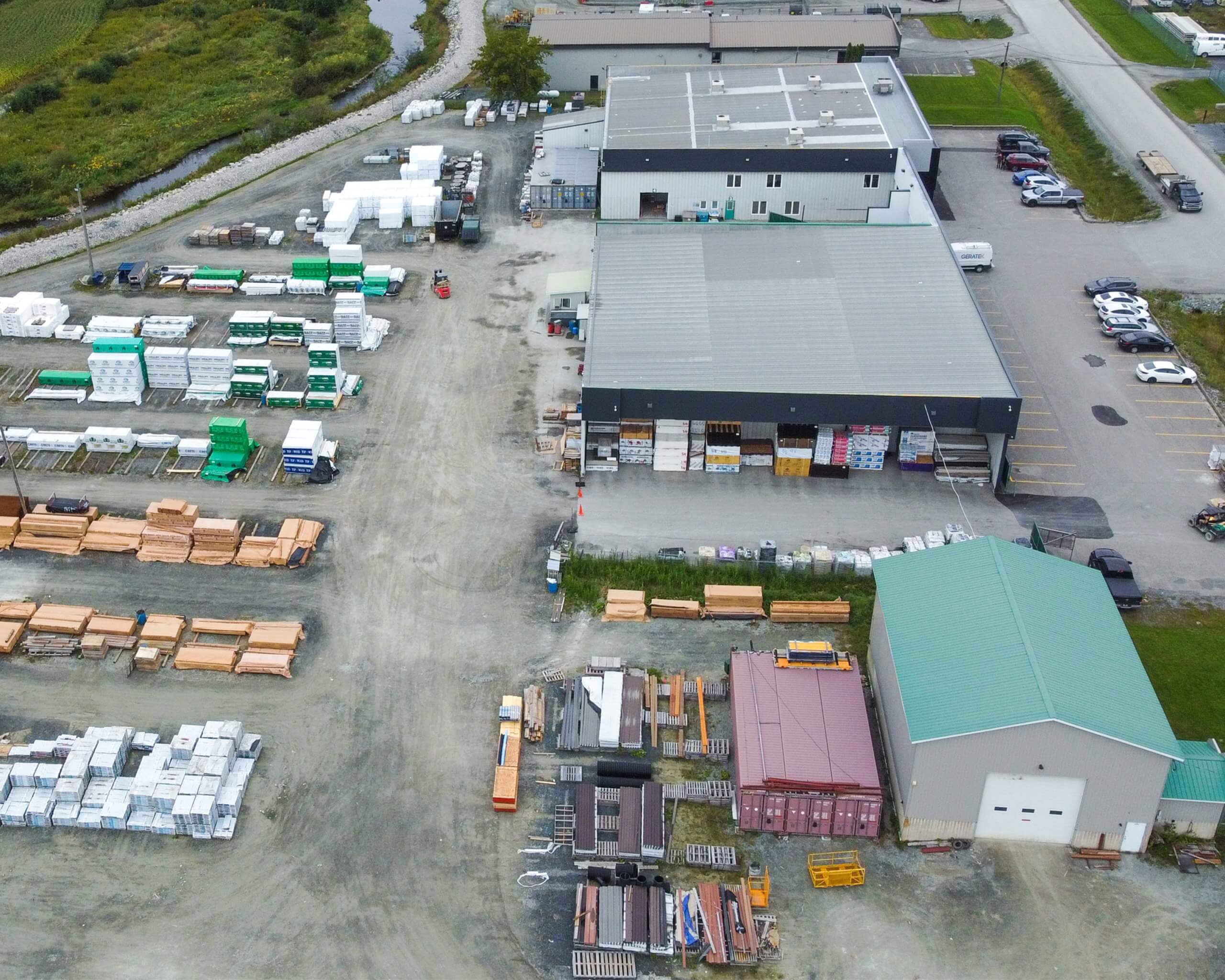
Photo courtesy of Materiaux Létourneau
“We had a decent volume in 2023,” he said. “Our piece count was about the same as in the last year – except the prices are down about 30 percent on commodity items, so our dollar figures are off, but our piece count is pretty good.
“In 2024, it will have some challenges, but we think the market is going to be pretty much flat.”
Supply and yield
On the supply side, the lumber industry has pretty much recovered from the impacts of the pandemic. Sawmills got back to regular production before implementing further adjustments, and more timber has become available as forests continue to be responsibly managed.
However, the increased wildfire activity in 2023 has created a hurdle for the coming year. While burned trees are still harvested, time is of the essence since they are more susceptible to deterioration, cracks and insect damage if they are not harvested within the first two years post-fire.
“The Government of Quebec is putting a lot of pressure on the system to harvest the fire-killed trees, but lack of manpower and equipment is an issue in the logging industry,” noted Doman’s Marshall. “They are already running at capacity.”
Johnston, who is tasked with providing Castle stores nationwide with advice on when to buy lumber commodities and panels, also weighed in about the effects of the wildfires on the lumber industry.
“I think most would agree that supply-side issues for premium lumber would be a concern,” he commented. “Typically, sawmills cut about four percent of their premium lumber from burnt logs; that may go as high as 20 percent for some.”

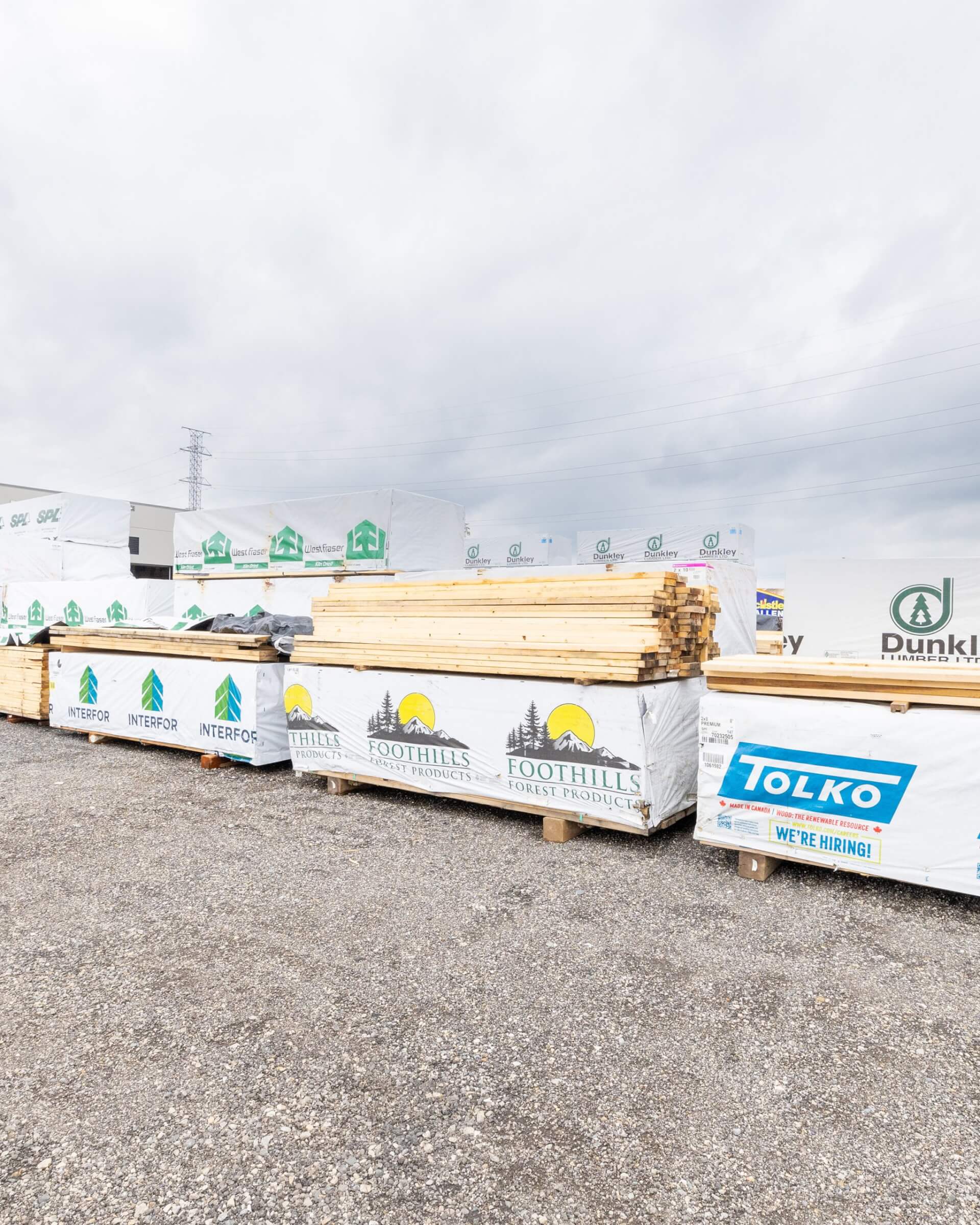
Photo courtesy of Adams Building Supply
He explained that not only is the process slower and harder on equipment, but there is no guarantee that a burnt log will yield even one stick of premium lumber. He said this situation could cause a rise in treated lumber prices moving forward.
“Since treated lumber is made only with premium [lumber], I think the price will be higher in the spring [of 2024] than it is today, and the cost will be higher next summer [2024] than it was this summer,” predicted Johnston.
Brighter horizons
Planning for 2024 will continue to be challenging.
The uncertainty surrounding interest rates, a lack of tradespeople and manpower for new builds, and continued overseas conflicts can all impact the market – with challenges varying depending on the product. However, stores aim to keep their shelves stocked.
“We will not sacrifice our fill rate for market conditions; having stock is something we hang our hat on,” explained Gillfor Distribution’s Mike Park, who oversees the commodity inventories from coast to coast. “We react to the market, especially in times of market uncertainty, like now.”
When it comes to treated lumber projections, CanWel/Doman Building Materials Group references historical data and customer outlooks and buys inventory accordingly.
“We use historical numbers in treated lumber,” said Marshall. “We always track that history, and we work with our customers to review that history, and we rely on the customers’ forecasts for next year.”
How long will this flat market last? Generally, there is a positive feeling about next year.
“The outlook for 2025 is very good,” noted Castle’s Johnston. “I am very optimistic about 2025.”
Any consumer market can change depending on numerous internal and outside forces, and the lumber industry is no different.
Barring any significant change in the landscape, the sector is expected to wade through sluggish activity in 2024, with a brighter outlook on the horizon for 2025. —
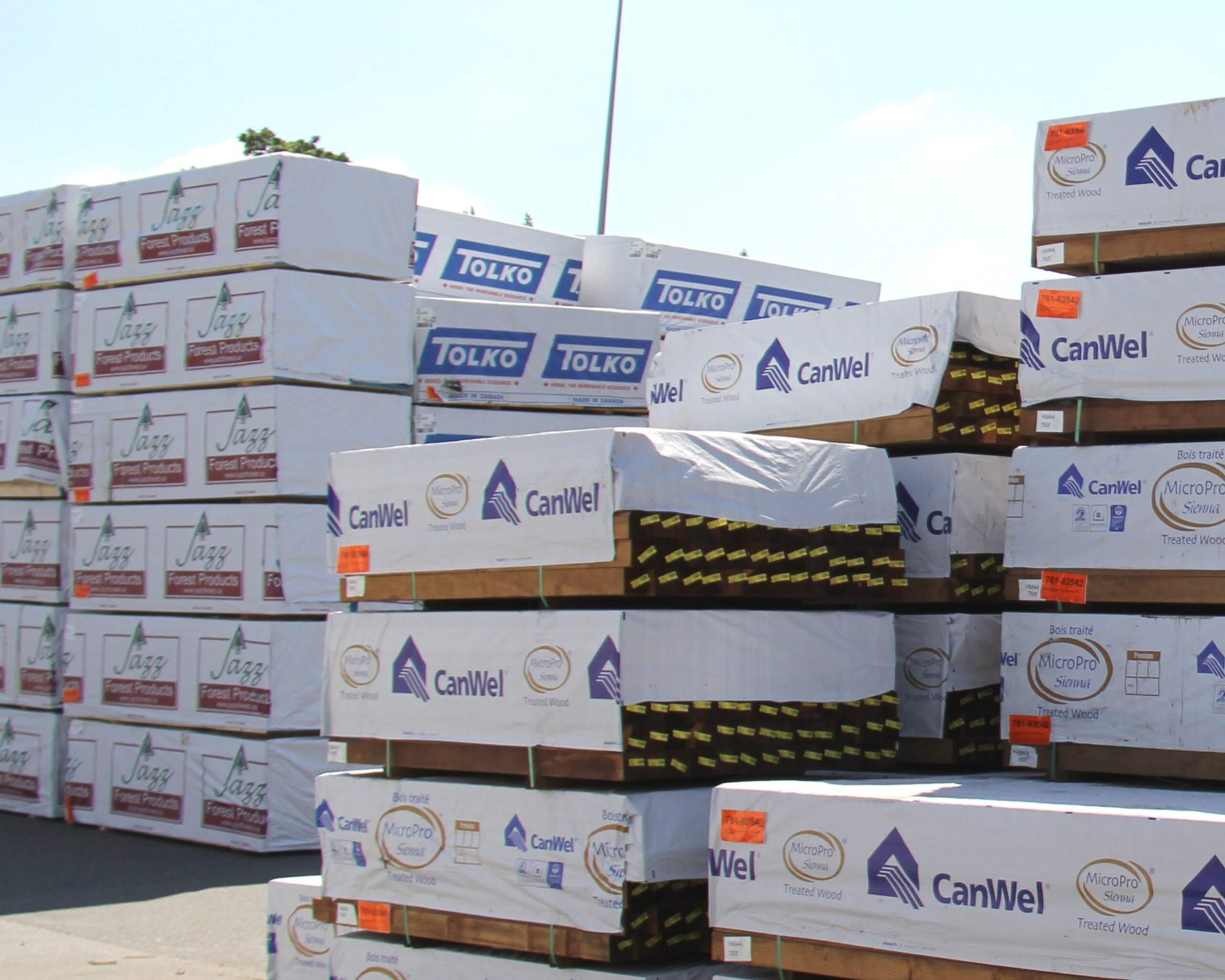
Photo courtesy of CanWel
